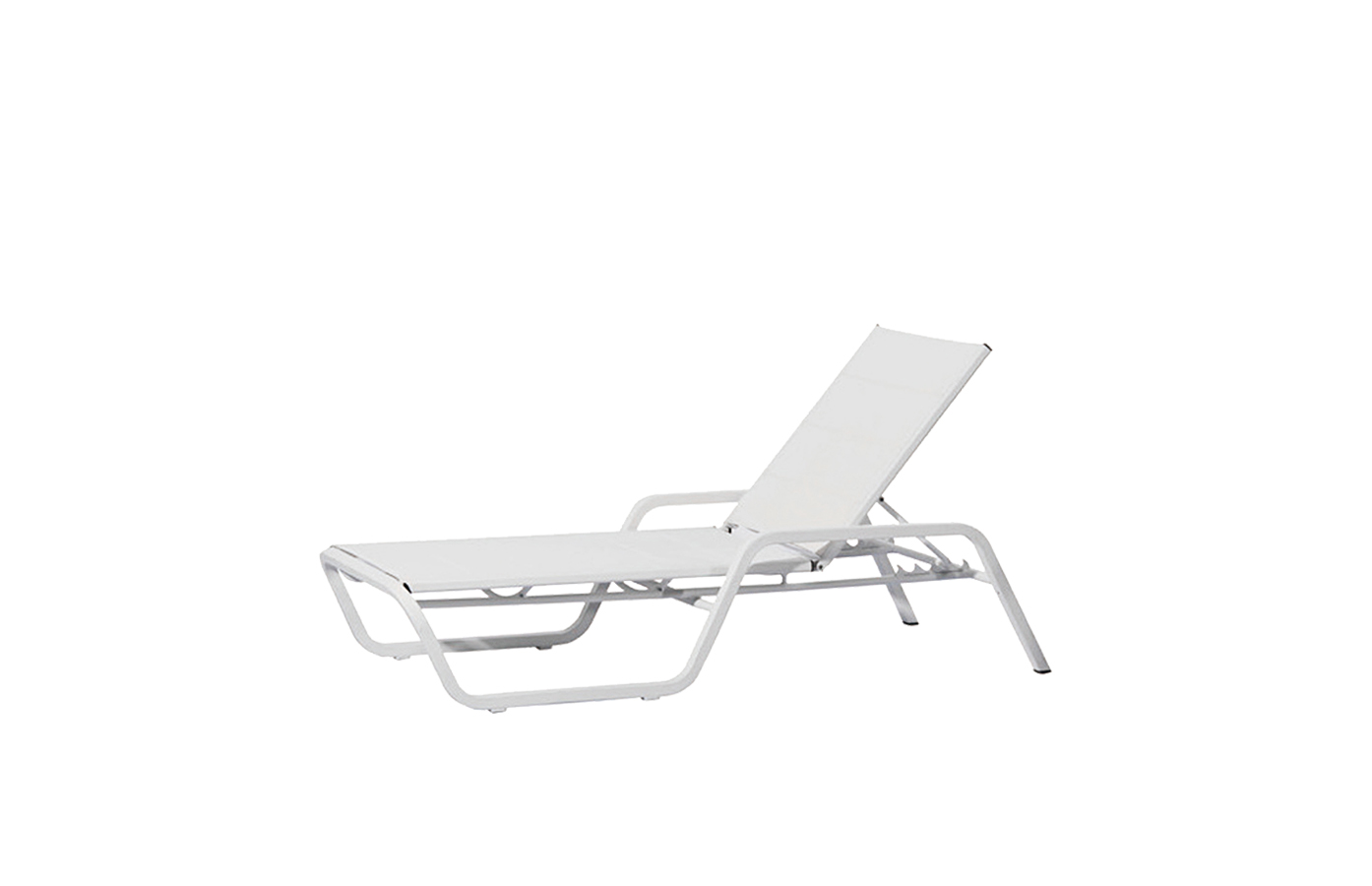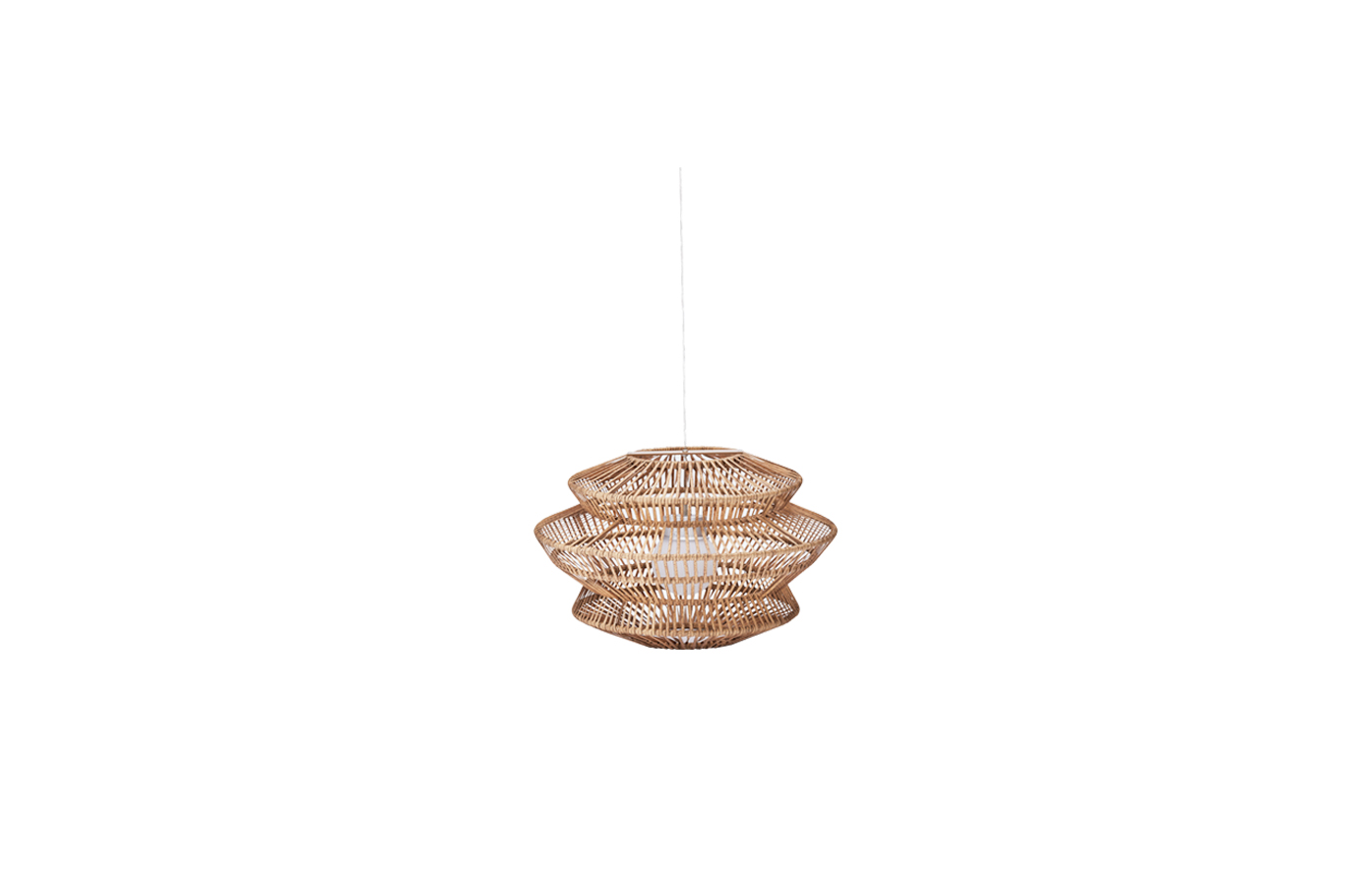****
Furniture has always played a pivotal role in human history, evolving from simple, functional necessities to stunning pieces of art that reflect personal style and cultural significance. Throughout the centuries, furniture has ceased to be merely about utility; it has transformed into a key element in interior design that conveys personality, comfort, and even sustainability. This article delves into the fascinating journey of furniture design, its historical milestones, and how it continues to shape our living spaces today.

The Evolution of Furniture Design: From Functional Necessities to Artistic Expressions in Modern Living Spaces
The Historical Context of Furniture
In ancient times, furniture was rudimentary and primarily functional. The Egyptians utilized stone and wood to create chairs, tables, and beds, often adorned with intricate carvings that demonstrated their social status. As civilizations advanced, so did the complexity and artistry of furniture. The Greeks and Romans introduced designs that focused on comfort and aesthetics, paving the way for subsequent periods that would explore craftsmanship and creativity further.

The Evolution of Furniture Design: From Functional Necessities to Artistic Expressions in Modern Living Spaces
During the Middle Ages, furniture became more substantial and ornate, reflecting the opulence of the ruling classes. It was during this time that the concept of a “dining room” emerged, which required specific furniture to accommodate social functions. The Renaissance period marked a significant shift in furniture design, as artisans began to integrate artistic principles and elaborate designs into their creations. This period saw the rise of intricate woodwork and the use of luxurious materials, with furniture becoming emblematic of wealth and status.
The Industrial Revolution and Its Impact
The Industrial Revolution in the 18th and 19th centuries marked a turning point for furniture design. With new technologies and mass production capabilities, furniture became more accessible to the middle class. Innovations like bentwood, tubular steel, and later, molded plastics, revolutionized the industry and opened up an array of design possibilities.
During this time, furniture styles continued to diversify, resulting in movements such as Victorian, Arts and Crafts, and Art Deco. Each movement brought with it unique characteristics, catering to the evolving tastes and lifestyles of people. Victorian furniture was often heavy and dark, while Art Deco embraced a more streamlined, glamorous aesthetic with geometric patterns and bold colors.
Modernism and Minimalism
The 20th century saw the advent of modernism, which rejected the ornate styles of the past in favor of simplicity and functionality. Designers like Charles and Ray Eames, Ludwig Mies van der Rohe, and Le Corbusier championed minimalist furniture that emphasized clean lines, geometric forms, and innovative materials. The famous saying “form follows function” encapsulated the ethos of this era, leading to an explosion of creativity in furniture design.
Mid-century modern furniture became a staple of post-war homes, characterized by its organic shapes and cozy yet sophisticated appeal. The movement called for the integration of indoor and outdoor spaces, and furniture became versatile and multifunctional—perfectly suited for the evolving American lifestyle.

The Evolution of Furniture Design: From Functional Necessities to Artistic Expressions in Modern Living Spaces
Contemporary Trends in Furniture Design
Today, furniture design reflects a broader array of influences, encompassing everything from sustainability to smart technology. With increased awareness of environmental issues, many designers are focusing on eco-friendly materials, repurposed products, and minimal waste in their manufacturing processes. This not only caters to conscientious consumers but also encourages a conversation about the ethical implications of design.
In addition, the rise of smart furniture reflects the growing trend towards technology integration in everyday life. From modular pieces that can transform spaces to furniture equipped with charging stations and smart-home compatibility, modern furniture caters to the needs of a fast-paced, tech-driven society.
Conclusion
Furniture has undoubtedly transformed over the ages, evolving from basic functional items to integral components of personal and artistic expression. With each era contributing to its rich history, today’s furniture design embodies a blend of tradition, innovation, and sustainability. As our lifestyles continue to evolve, so too will our furniture, reflecting not just our needs but also our values and aspirations. With an array of styles available, from minimalist designs to rich, ornate pieces, the world of furniture is a celebration of creativity and innovation, continually inspiring us to rethink how we inhabit and experience our spaces. Metal Commercial Outdoor Furniture
